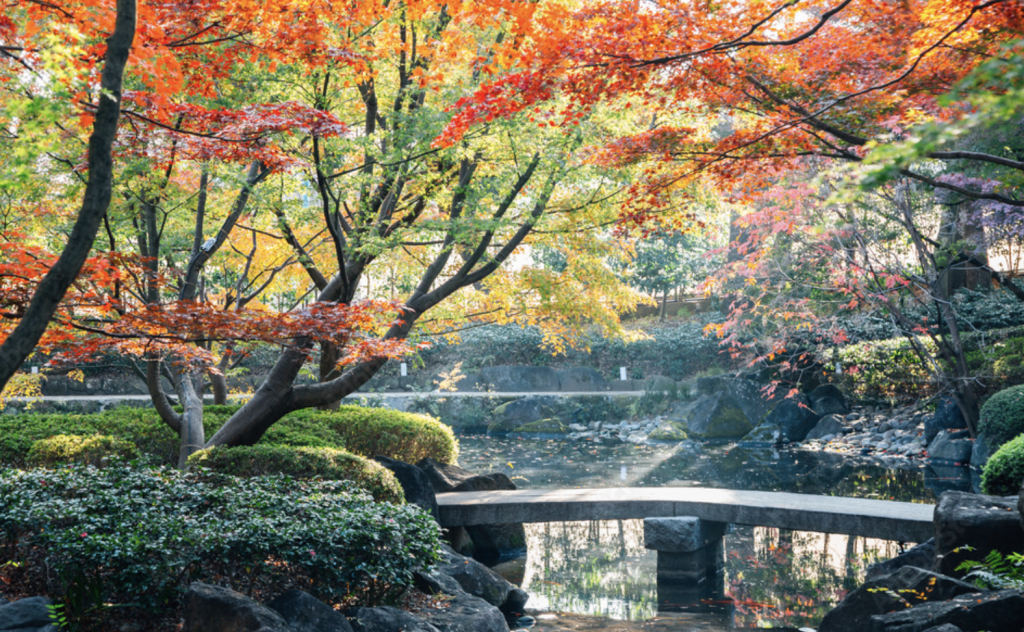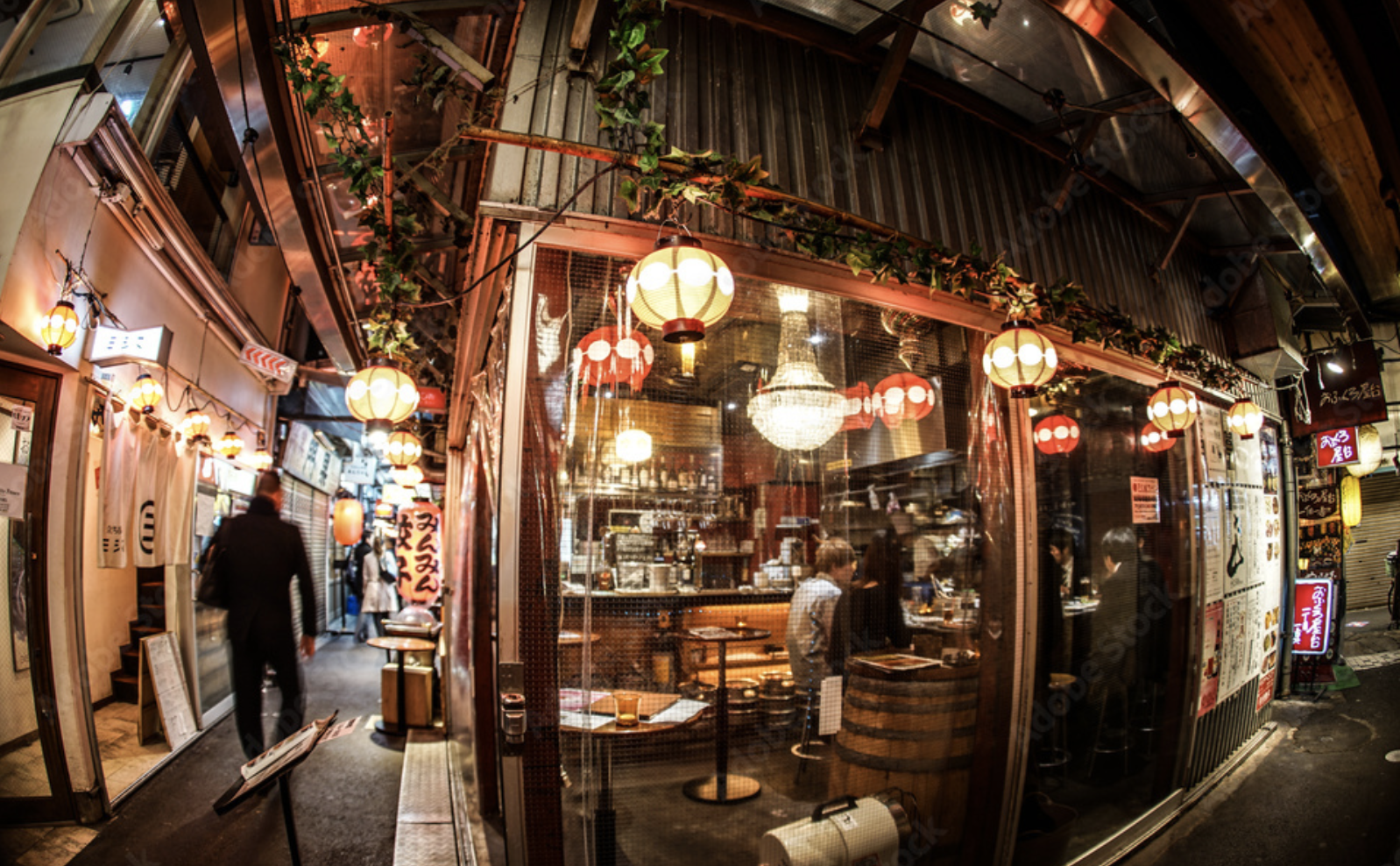Apartments for Rent in Kichijoji and Ogikubo: A Foreigner’s Guide to Living in Tokyo
Introduction
When foreigners search for a place to live in Tokyo, central districts like Shibuya, Roppongi, or Shinjuku often come to mind. But those who stay longer quickly realize that comfort, community, and everyday convenience matter just as much as centrality. This is where neighborhoods like Kichijoji and Ogikubo stand out.
Both located along the Chūō Line, only 10–20 minutes from Shinjuku, they offer a balance of easy access to the city center with calmer, more livable environments. Kichijoji is vibrant and trendy, famous for Inokashira Park and bustling shopping streets. Ogikubo, on the other hand, is quieter, more traditional, and often more affordable, making it especially appealing for families and long-term residents.
For foreigners considering renting in Tokyo, these two areas represent very different lifestyles but share the advantage of being foreigner-friendly, safe, and comfortable.
Chapter 1: Kichijoji – Why Foreigners Love It
Inokashira Park and a Greener Lifestyle
Kichijoji is one of the few Tokyo neighborhoods where nature plays a central role in daily life. Inokashira Park, with its pond, walking trails, and cherry blossoms, offers a rare escape from the density of Tokyo. For foreigners used to open spaces, jogging, or weekend picnics, the park is a major attraction.
Shopping Streets and International Vibe
Kichijoji’s Sun Road shopping arcade and surrounding side streets are packed with boutiques, second-hand stores, and cafes. The area attracts students, artists, and young professionals, giving it a creative, lively feel. Importantly for foreigners, Kichijoji also has international supermarkets and shops that carry Western goods, making everyday life more convenient.
Rental Market and Housing Options
Rental prices in Kichijoji are higher than the Tokyo average but remain more affordable than central districts like Shibuya or Roppongi.
- 1K / Studio apartments: around ¥90,000–¥120,000
- 1LDK or 2DK apartments: ¥140,000–¥200,000
- Family apartments (2LDK+): ¥200,000–¥300,000+
Many apartments are modern, with convenient layouts and good natural light, appealing to foreigners who value comfort.
Expat Community and Lifestyle
Kichijoji has a noticeable foreigner presence, especially among students and young professionals. International bars, English-speaking yoga studios, and cultural events make it easy to connect. For Americans and Europeans, the combination of greenery, modern housing, and lifestyle options makes Kichijoji a top choice.
Chapter 2: Ogikubo – A Quieter Tokyo Lifestyle
Traditional Tokyo Atmosphere
While Kichijoji feels youthful and trendy, Ogikubo offers a slower pace of life. With its retro shopping streets, cozy izakayas, and family-run shops, Ogikubo retains the feel of old Tokyo. Foreigners who want authenticity without the chaos of Shinjuku often find Ogikubo attractive.
Famous Ramen and Food Culture
Ogikubo is considered one of the birthplaces of Tokyo-style ramen. Its backstreets are filled with traditional ramen shops, making the area a food destination. For foreigners, it’s an opportunity to live in a neighborhood with deep culinary culture.
Rental Market – More Affordable than Kichijoji
One of Ogikubo’s strongest points is affordability. Compared to Kichijoji, rents are significantly lower.
- 1K / Studio apartments: ¥70,000–¥100,000
- 1LDK or 2DK apartments: ¥110,000–¥160,000
- Family apartments (2LDK+): ¥150,000–¥220,000
For foreigners on a budget or families looking for larger space, Ogikubo provides excellent value.
Suitability for Families and Long-Term Stays
Ogikubo’s quiet streets, reliable schools, and safe environment make it ideal for families or foreigners planning a long stay. While it has fewer international shops than Kichijoji, its relaxed vibe and lower cost of living make up for it.
Chapter 3: Comparing Kichijoji and Ogikubo for Rentals
Commute and Accessibility
Both neighborhoods are located on the JR Chūō Line, making it easy to reach Shinjuku in under 20 minutes. Kichijoji also connects to the Keio Inokashira Line, offering direct access to Shibuya. Ogikubo connects with the Tokyo Metro Marunouchi Line, giving it strong convenience for commuting.
Lifestyle Differences
- Kichijoji: Trendy, lively, and creative. Best for younger expats, students, and professionals.
- Ogikubo: Quieter, traditional, and family-friendly. Best for long-term residents and those seeking affordability.
Rental Price Comparison
- Kichijoji is typically 15–20% more expensive than Ogikubo for similar apartment types.
- Larger apartments are more available in Ogikubo.
Who Should Choose Which?
- Kichijoji: If you value nightlife, shopping, and a creative atmosphere.
- Ogikubo: If you prefer quiet neighborhoods, lower rent, and a more local Tokyo lifestyle.
- Chapter 4: Everyday Life in Kichijoji and Ogikubo
Grocery Shopping and International Options
Foreigners often wonder whether they can find familiar products in Tokyo. In Kichijoji, the answer is yes—large department stores like Seibu and Tokyu have food sections with imported items. Specialty shops also stock Western goods, making daily cooking easier. Ogikubo, while less international, still offers reliable supermarkets and smaller local stores with affordable fresh produce. Many foreigners living in Ogikubo supplement local groceries by traveling one stop to Kichijoji for international shopping.
Dining and Nightlife
Kichijoji has a lively dining scene, ranging from izakayas to high-quality international restaurants. Jazz bars and craft beer pubs are common, and the nightlife is vibrant but not overwhelming like Shibuya or Shinjuku. Ogikubo, on the other hand, is quieter, with a strong emphasis on ramen shops and traditional izakayas. While nightlife is limited, the charm lies in its authenticity—ideal for those who prefer low-key evenings.
Parks, Culture, and Community Events
In Kichijoji, Inokashira Park doubles as a community hub, with seasonal festivals, live performances, and art markets. For foreigners, these gatherings are a good chance to meet locals and feel integrated. Ogikubo offers cultural depth with traditional festivals and smaller community events, providing a glimpse into Tokyo’s local spirit.
Safety and Atmosphere
Both Kichijoji and Ogikubo are considered safe by international standards. Streets are well-lit, and crime rates are low. Kichijoji feels slightly busier, while Ogikubo maintains a calm, suburban-like vibe. Foreigners with children often find Ogikubo especially reassuring.
Chapter 5: Budgeting and Cost of Living
Rent Ranges
Kichijoji: Higher rents due to popularity. Expect ¥90,000–¥200,000 for singles and ¥200,000–¥300,000+ for families.
Ogikubo: More affordable. ¥70,000–¥160,000 for singles and ¥150,000–¥220,000 for families.
Utilities and Internet
On average, foreigners should budget:
Electricity, gas, water: ¥15,000–¥20,000 per month
Internet and mobile phone: ¥8,000–¥12,000 per month
Daily Expenses
Dining out in Kichijoji costs slightly more due to its trendiness, while Ogikubo offers cheaper, more traditional dining. Transportation is efficient in both areas, with monthly commuter passes ranging from ¥8,000–¥15,000 depending on the route.
Hidden Costs
Foreigners should prepare for:
Furniture and appliances (most apartments are unfurnished)
Occasional repairs and maintenance costs
Seasonal expenses like air conditioning in summer and heating in winter
Chapter 6: Renting Tips for Foreigners in Tokyo
Understanding Apartment Layouts
Japanese apartments use terms like 1K (studio with small kitchen) and 1LDK (one bedroom + living, dining, kitchen). Foreigners should check floor plans carefully—apartments are often smaller than they sound.
Furnishing Your Apartment
Since most rentals come unfurnished, many foreigners turn to:
IKEA and Nitori for affordable furniture
Second-hand shops for budget-friendly finds
Rental services for short-term stays
English-Speaking Support
While not every landlord or property manager speaks English, areas like Kichijoji are relatively foreigner-friendly. Real estate agencies in these neighborhoods often have English-speaking staff to help with contracts and communication.
Practical Tips
Visit both areas in person before choosing—vibe and lifestyle matter.
Consider commute times, especially if working in central Tokyo.
Balance budget with comfort—sometimes paying slightly more for convenience is worth it.
Conclusion
For foreigners seeking apartments for rent in Tokyo, Kichijoji and Ogikubo present two excellent but distinct options.
Kichijoji is lively, trendy, and green, ideal for students, young professionals, and those who want an energetic lifestyle with international conveniences.
Ogikubo is quieter, more traditional, and affordable, making it perfect for families, long-term residents, and anyone who values calm over nightlife.
Ultimately, the decision depends on lifestyle priorities. Both areas offer safety, accessibility, and strong community vibes—qualities that make them some of the best places for foreigners to settle in Tokyo.
Before signing a lease, foreigners are encouraged to explore each neighborhood on foot, experience the shopping streets, taste the local food, and walk through the parks. Living in Tokyo isn’t just about an apartment—it’s about finding a community that feels like home.

